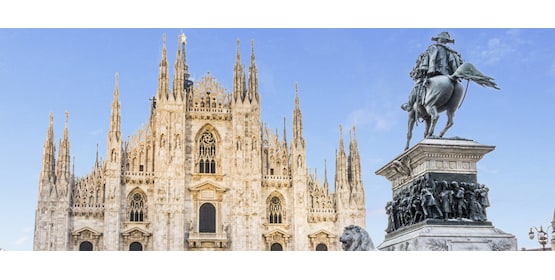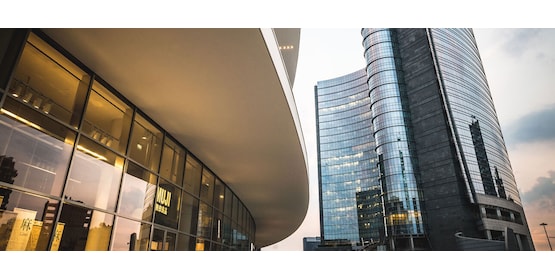Few buildings turn out to be grandiose both inside and out, and Milan Cathedral is one of them. The Gothic façade, the glorious interior, as well as the roof, are a true work of art. This impressive building is 108.5 meters high and is made entirely of Candoglia marble.
The beginning of its construction dates back to 1386, when the first stone was laid under the direction of Archbishop Antonio da Saluzzo. During the following years, construction was halted several times due to lack of funds and political conflicts that developed. Even so, it was eventually completed, with Napoleon Bonaparte being one of the contributors to its completion in the 19th century, although the final details were not completed until 1965.
The Milanese city's cathedral is known for being one of the largest and most famous Gothic cathedrals in the world, although it also has Renaissance influences in some parts.










































